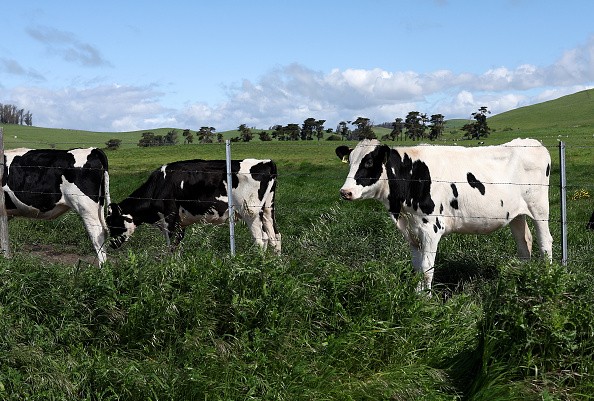
Currently, there is just one official case of bird flu spreading from cows to humans during the US outbreak.
However, epidemiologist Gregory Gray believes the actual number is higher based on information he received from workers, farmers, and veterinarians as the virus struck their herds in his state.
Gray, an infectious disease epidemiologist at the University of Texas Medical Branch in Galveston, said he knew that some workers sought medical care for influenza-like illness and conjunctivitis while the H5N1 ravaged the dairy farms.
He added that he does not have a way to measure that, but it seems biologically quite plausible that they also suffer from the virus.
Gray has spent decades researching respiratory illnesses in animal-related fields, including dairy farming. He noted that there has been evidence of "clustering of flu-like illness and conjunctivitis," with earlier outbreaks involving bird flu strains like this one that are fatal for poultry.
Dr. Andrew Bowman, an associate professor of veterinary preventive medicine at Ohio State University, claimed that based on the number of documented cases in cows, some decent human exposure is probably occurring.
On Wednesday, federal health officials reported at a briefing that 36 herds were affected in nine states, and local and state health departments have tested about 25 people for the virus and observed over 100 for symptoms.
According to Dr. Demetre Daskalakis of the Centers for Disease Control and Prevention, these people are "in the footprints of where the bovine detections are." However, he did not specify details on the actual locations.
He continued that there is a very low threshold for individuals to get tested.
Furthermore, Gray has started gathering samples from animals and people from a few dairy farms affected by the virus lately. It is part of a study he introduced before the H5N1 outbreak in response to concerns about SARS-CoV-2 spillover on farms.









